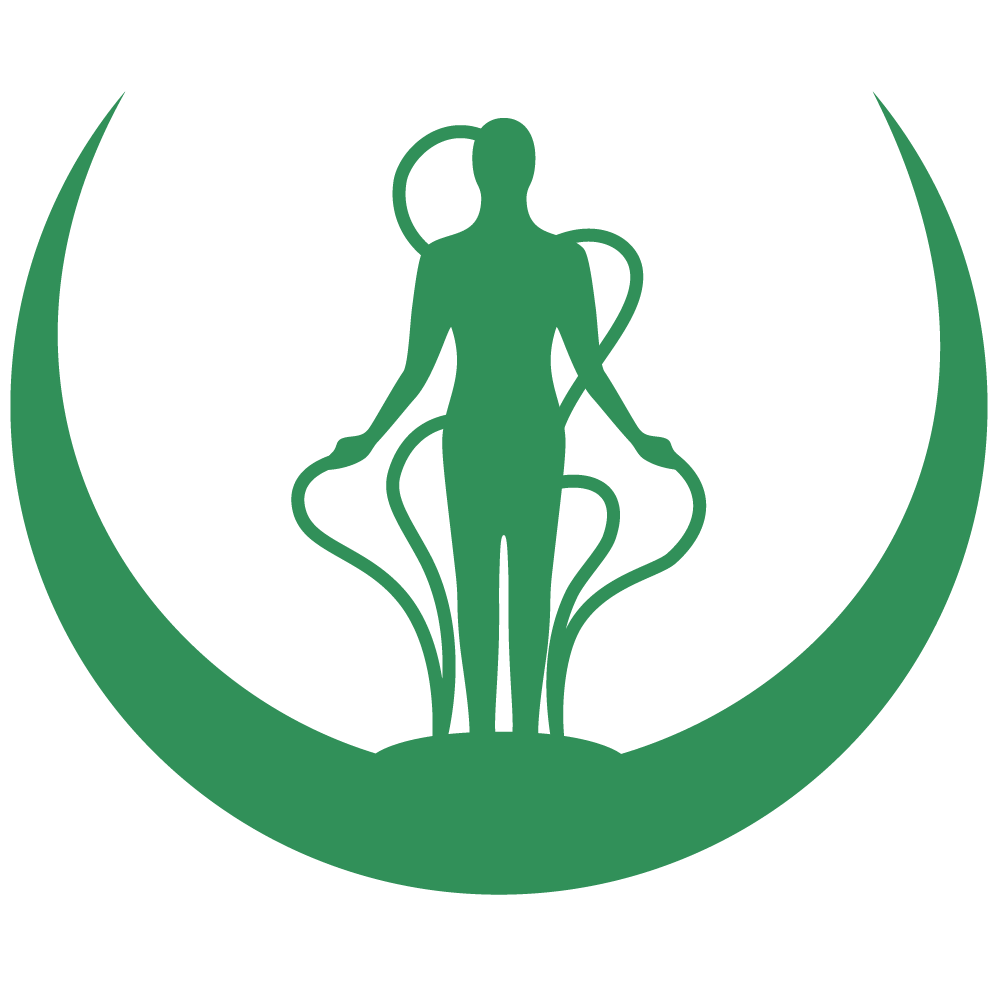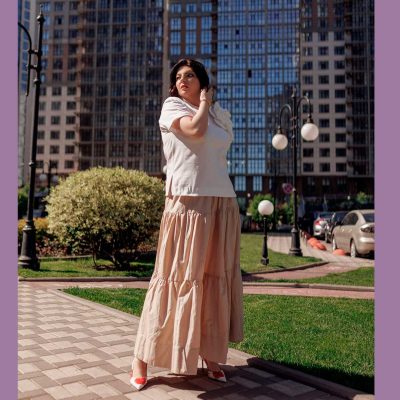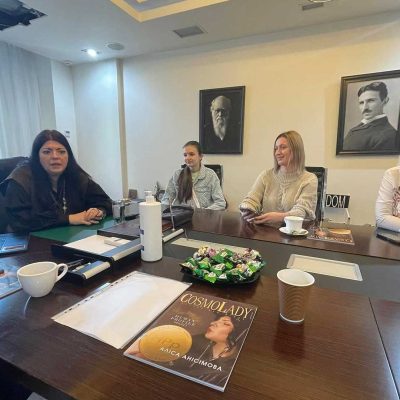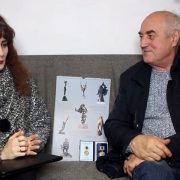Handwriting, facial expressions can tell you a lot about a person
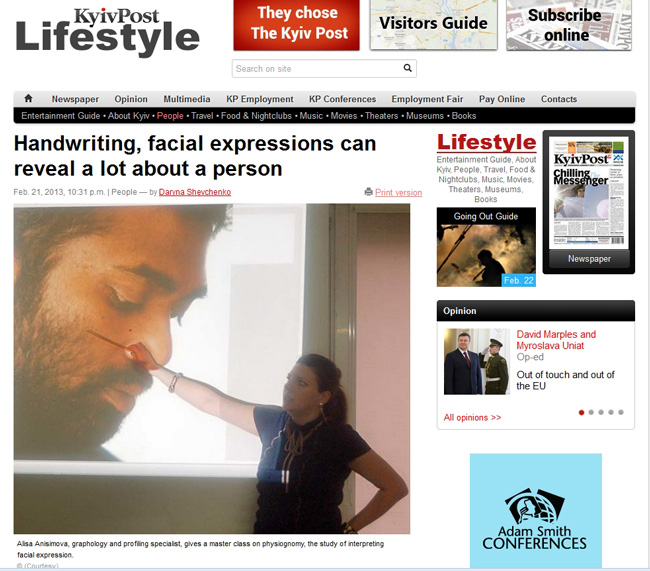
Experts like Anisimova say that almost every part of the human face and almost every letter in a person’s handwriting has secrets to reveal.
Eyebrows are responsible for temperament and hidden desires.
A prominent chin can characterize its owner as a leader and a person who strives to win.
Even the haircut and beard give clues.
“In Ukraine, physiognomy is used mainly by large corporations that deal with large volumes of some products and fear that their intellectual property or some products may be stolen,” she explains.
Yuriy Gorda, director and owner of the E-matras chain of stores in Kyiv and Donetsk and a regular client of Semchuk, says they have been turning to him for help since 2006. “We always, without exception, turn to him for advice when choosing new employees,” says Gorda. “He analyzed our records, we were shocked by what he said and decided to apply it to our recruitment process. Mostly we don’t make decisions on our own, only on his advice.”
The work pays well if you manage to find clients. Anisimova charges up to 1,000 hryvnias per consultation. “I do it every day, and it’s normal for me,” she says proudly. Semchuk charges much less – only 240 hryvnia per session.
“There are many parts of the human face that are very informative, there are less informative, and the same goes for writing. Some letters mean a lot, others mean almost nothing, unless there is something unique about the way a person writes them,” explains Semchuk. “What I can tell people is usually what they choose to hide even from themselves,” Semchuk says. I’m not saying what people want to hear.” The main goal of graphology and physiognomy is to get to the bottom of what is hidden from view.”
